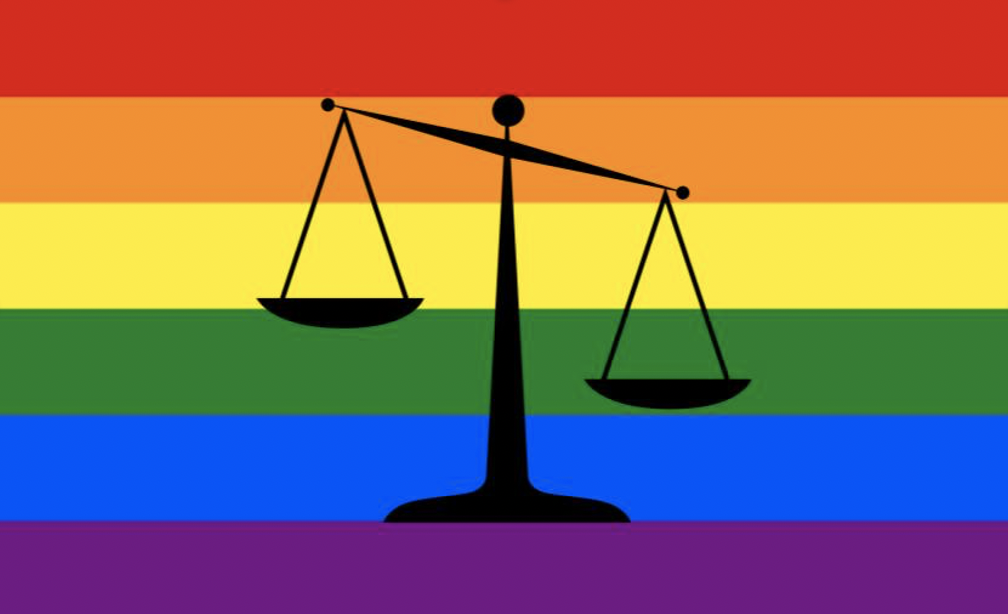The LGBTQ+ Panic Defense
Matthew Shepard
 In 1998, Matthew Shepard, a 21-year-old college student, was violently beaten, tortured, and left by the side of a road near Laramie, Wyoming. Rescuers took him to a hospital, where he died six days later from profound head injuries.
In 1998, Matthew Shepard, a 21-year-old college student, was violently beaten, tortured, and left by the side of a road near Laramie, Wyoming. Rescuers took him to a hospital, where he died six days later from profound head injuries.
The two suspects in the attack were arrested and charged with first-degree murder. The defense lawyer claimed that one of the attackers was driven to temporary insanity by alleged sexual advances from Shepard.
This is known as the LGBTQ+ defense, or the gay and trans panic defense. The argument asks a jury to rule that a victim’s non-straight sexual orientation or non-cisgender identity is enough provocation to excuse a defendant’s violent reaction, including murder. It is not a free-standing defense to criminal liability, but it is a legal tactic used to support other defenses.
Shepard’s two murderers were both convicted and sentenced to two consecutive life sentences for their heinous crime. But the LGBTQ+ panic defense gained notoriety –and popularity. It has been used in hundreds of cases across the country to defend people accused of attacking and even murdering LGBTQ+ people or to reduce the charges against them.
Judy Shepard, Matthew Shepard’s mother, wrote this letter in support of proposed legislation to ban the gay and trans panic defense in Minnesota. Click here.
The Panic Defense in Court
The panic defense has been used in three ways to reduce a murder charge to the lesser charges of justified homicide or manslaughter.
- The insanity or diminished capacity defense. This defense contends that the victim’s sexual orientation or gender identity is to blame for causing the defendant to panic and react poorly.
- The provocation defense. This argument suggests that the victim’s “non-violent sexual advance” is sufficient provocation to induce the defendant to kill them. A sexual advance is not illegal or even harmful on its own. It is only considered ‘provocative’ when it comes from an LGBTQ+ person.
- The defense of self-defense. This is the claim that because of the victim’s sexual orientation or gender identity, the victim must have been about to cause the defendant serious bodily harm. This can be founded on the historic presumption that homosexuality is a ‘disorder.’ Despite the American Psychological Association’s discrediting and rejection of “gay panic disorder” in 1973, legal defense teams continue to use it.
The LGBTQ+ panic defense has been used against murder charges roughly 200 times. It has resulted in reduced sentences or acquittals for close to 50% of those murders.
Examples of Cases
William T. Simpson, a gay man, was murdered in 1954 in Florida. The defendants were known criminals who frequently robbed highway drivers. They often targeted homosexual victims. However, the defendants claimed that they shot Simpson while “resisting his advances.” They used the provocation defense. As a result, they were convicted of manslaughter rather than first-degree murder.
Scott Amedure was murdered in 1998 by Jonathan Schmitz. Amedure had revealed that he had a crush on Schmitz. They spent a friendly evening together, after which Amedure left Schmitz a ‘provocative’ note. The defense cited the note and Amedure’s homosexuality when using the provocation defense. They claimed that Schmitz was sent into a panic, which caused him to kill Amedure. Schmitz was eventually convicted of second-degree murder, a lesser offense than first-degree murder.
Federal Law
Senator Edward Markey and Representative Chris Pappas introduced the Gay and Trans Panic Prohibition Act of 2021 in both the U.S. House and Senate. The bill condemns how “continued use of these anachronistic defenses reinforces and institutionalizes prejudice … and marks an egregious lapse in the march of the United States toward a more just criminal justice system.” It seeks to end “the antiquated notion that LGBT lives are worth less than others.”
The bill has not passed at the federal level. It has been referred to both the House and the Senate Judiciary Committees.
Status of the LGBTQ+ panic defense
The LGBTQ panic defense has been banned in 15 U.S. states and Washington, D.C. as of August 2021. However, it is still legal in 35 states and 5 U.S. territories. View the states where it is legal on this map.
This defense is a form of LGBTQ+ discrimination. We support the ban of the panic defense.
Click here to take action.


